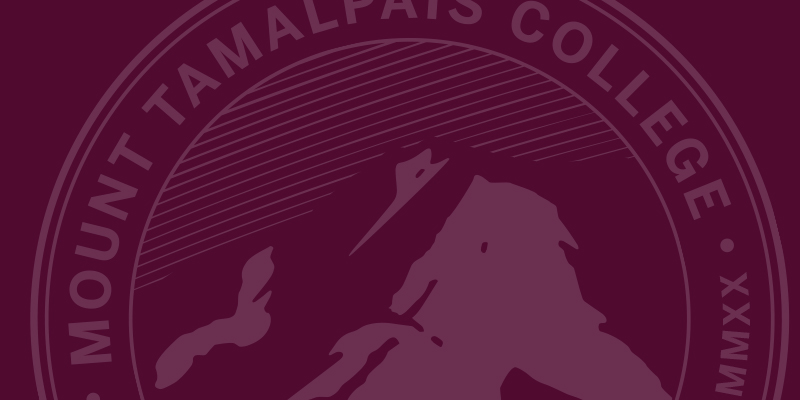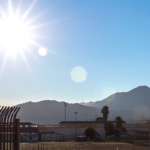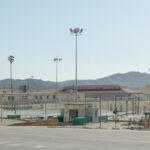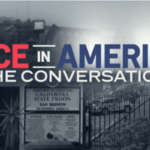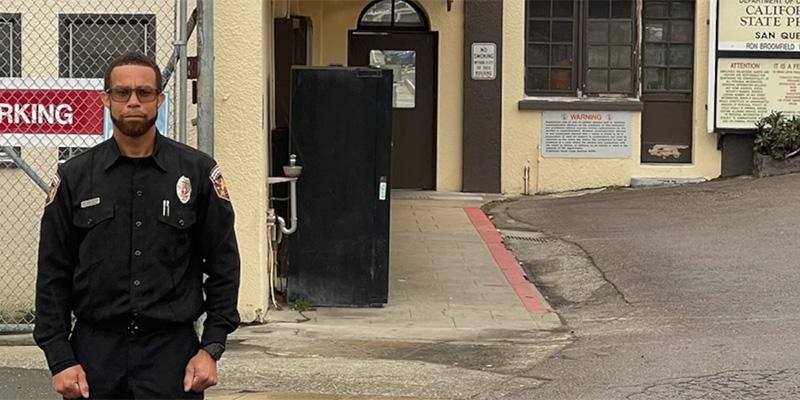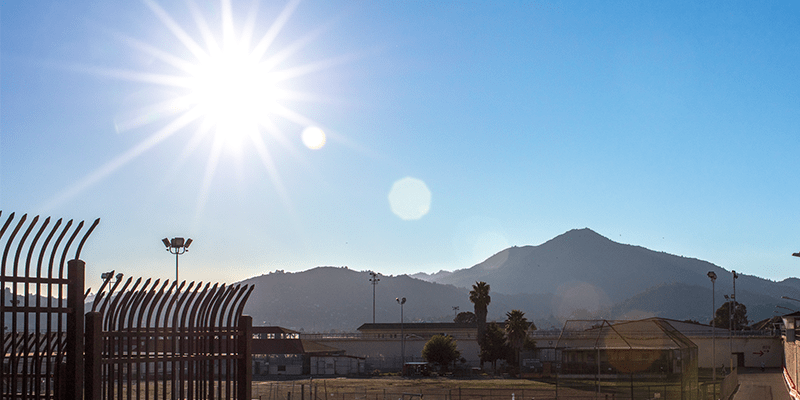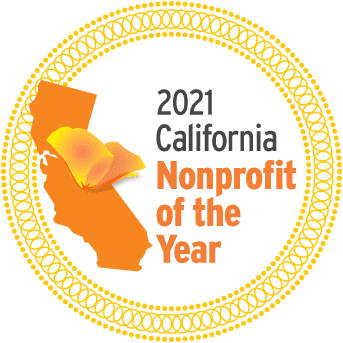Published in the April 2019 newsletter, which you can read in its entirety here.
One of the first things I learned about higher education in prison was about the devastation wrought by the Violent Crime Control and Law Enforcement Act of 1994, which barred people in prison from receiving Pell Grants. Following its passage, what had been hundreds of post-secondary education programs in prisons around the country dropped to a handful. For the over two decades since, most people entering the field have essentially inherited the belief that the reinstatement of Pell was the path for restoring the field nationally.
When I started teaching at San Quentin in 1999, there was virtually no political support for such a step; most discussions focused on whether such programs should even be allowed to exist. But in the last several years, public, political, and philanthropic support for higher education in prison has entered the mainstream; nearly all of that support has been organized around the goal of making public funds available, most often by reinstating Pell.
Few who have not experienced firsthand the logistical, administrative, ethical, and intellectual terrain that this field faces every day can grasp the complexity of “scaling” it; even less can they imagine the risks that public funding introduces. It would thus have been ideal if those early investments had started with a process of analysis and long-term planning, led by experienced practitioners, to address the field’s most pressing challenges and questions. What are the key characteristics of excellent academic programs, faculty training, and student support systems? How will we create a pipeline of quality program leadership and faculty sufficient to staff hundreds of new programs, including in remote rural regions? How can schools provide access to technology and library resources? Whose job is it to create and uphold academic quality standards? How are schools to create relationships with prisons that foster the stability of programs and yet protect their independence?
The landscape now emerging, both in California and nationally, likely foreshadows what is to come in the event that Pell is fully reinstated without both extensive changes to policy design and a massive investment in the field itself. While a number of schools now receiving public funds are doing great quality work, an alarming number are not. Many are instead launching programs quickly, without adequate planning or qualified faculty; offering classes inconsistently, primarily to maximize their FTE enrollment; or planning courses and degrees based on convenience or politics, rather than students’ needs. Others are relying on “tablets,” rather than teachers, to deliver course content; pressuring students to carry more units, to maximize revenue; or preventing students from enrolling if they are ineligible for financial aid. (While most people assume that all incarcerated students will be eligible for Pell in the absence of a ban, in fact, a large proportion are ineligible for federal student aid for reasons unrelated to their incarcerated status.) A few schools are now lobbying departments of corrections to push out quality face-to-face programs in order to replace them with low-cost, low-quality distance education programs. No one anywhere is systematically tracking and reporting publicly on these problems, much less crafting solutions to counteract them; nor does anyone have either the authority or the resources to do so.
The conditions that led to all of this were multifaceted. Many who participated in the design of these initiatives believed that the work required no content-specific expertise: simply amass sufficient political support to secure public funding through legislative action, and the work will be done. But structural incentives were also at play: many major funders believe that large scale systemic change occurs, by definition, only through legislation. No matter how vast or strategic their impact, actual programs are always merely “direct service.” As a result, many nonprofits depend on traditional advocacy campaigns to generate support for their work. And in the meantime, those organizations with the greatest expertise remain obscure and starved for resources.
In addition, as awkward as it is to write, the field of advocacy at times behaves like an industry. Intermediary organizations, consultants, and activists sometimes jockey for funding or positions of leadership and then box out critical voices because they view them as competition. Funders often prefer to invest in established organizations or people with name recognition, who are in turn unlikely to call attention to their own incentives or lack of expertise. Anyone charged with overseeing an initiative for which they lack the content knowledge; or who is seeking a “big win,” or a big contract; or who simply does not want to commit more than a year or two; may be glad to reduce an entire complex cause to a single legislative goal.
But the state of the higher education in prison professional community also played a role. For decades it had been over-worked, under-resourced, and barely organized, and it was ill-equipped to respond to the flash flood of highly-resourced, well-intentioned, yet ill-advised initiatives. In addition, some advocates believed that public funding – and specifically the reinstatement of Pell – whatever its flaws, would do far more good than harm, and that the public airing of doubt would undermine the urgent cause of getting something, anything, to the thousands of incarcerated people currently without access to programs. As a result, some actively silenced dissent, insisting that concerns about quality were unfounded, even “elitist.”
Another critical factor – then and now – is how few advocates are evidently tracking the devolution of higher education itself since 1994, and considering its implications for incarcerated students. The threats facing vulnerable students today come not just from predatory for-profit education corporations; rather, the defunding of public higher education, combined with the declining enrollment and dwindling resources of independent institutions, has created a new hazard: otherwise legitimate colleges and universities seeking new markets for their lucrative, low-quality satellite or distance education programs. Given the already epic ongoing societal failure to protect even non-incarcerated students from these threats, it is unclear why anyone would expect outcomes to be less destructive in the prison context.
Nevertheless, glimmers of hope abound: in the steadily organizing community of dedicated practitioners; promising research initiatives exploring the complex impact of quality higher education in prisons; funders approaching the field with wisdom, patience and humility; and thousands of currently and formerly incarcerated students who can attest to the impact of quality education. If we chart the next chapter well, this community will lead the way, not just on behalf of people in prison, but on behalf of people everywhere who want, need, and deserve access to affordable quality higher education.
Please note that the Prison University Project became Mount Tamalpais College in September 2020.
